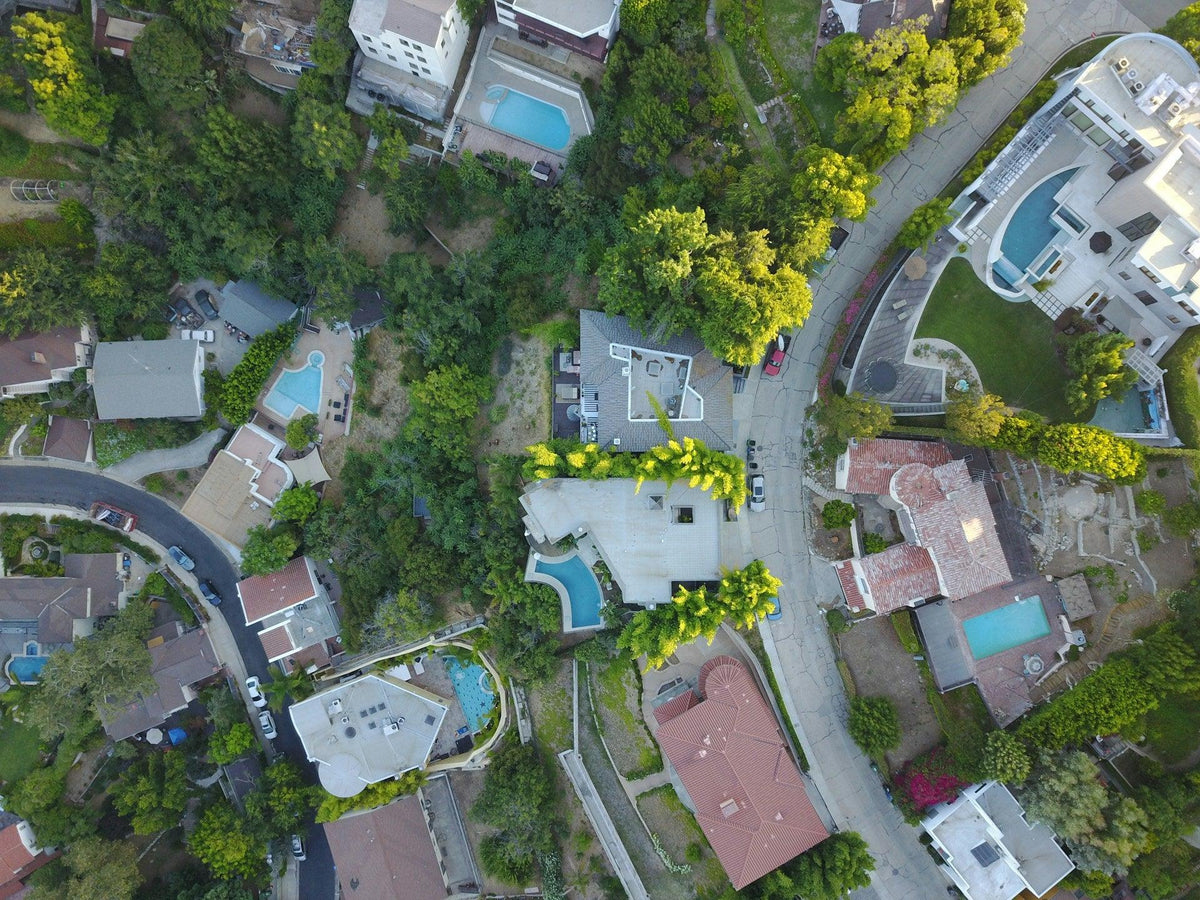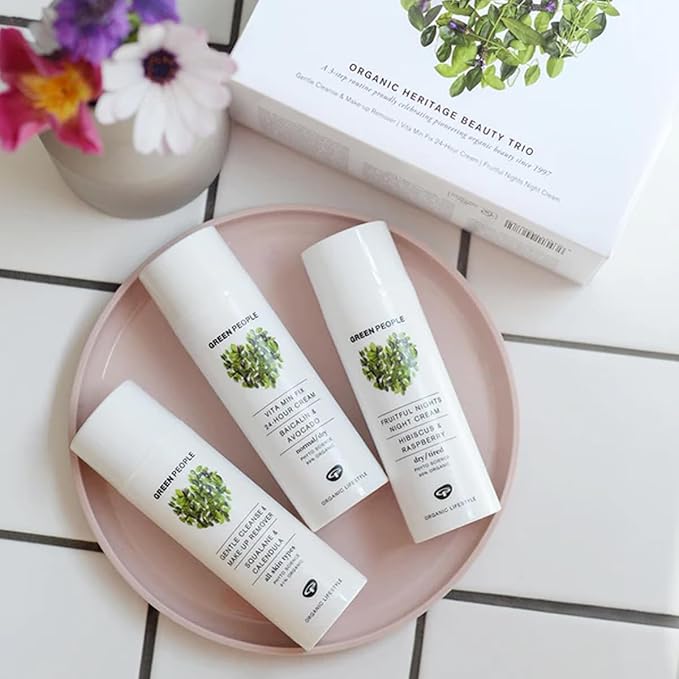First-time visitors to Georgia often want a clear, stress-free introduction that balances culture, nature and everyday comfort. Many begin in Tbilisi, where the airport sits close to the city centre and the compact Old Town allows easy walking between the sulphur baths, Narikala cable car and riverside viewpoints. Sustainable travel here means choosing walkable routes, local cafés and small hotels that support the community. Short trips to Mtskheta add historical depth without long drives, while Kakheti introduces wine traditions through slower, guided visits that reduce unnecessary transport. Some travellers combine Tbilisi with Batumi, using efficient internal travel rather than multiple flights. At Friendly Turtle EcoBlog, we encourage first-time visitors to travel Georgia responsibly by pacing itineraries, staying in family-run guesthouses, joining small-group tours and respecting local ecosystems. These mindful choices help reduce environmental impact while still offering a rich, authentic experience of Georgia’s cities, landscapes and traditions.
Share your articles with us and get published! Reach out at hello@friendlyturtle.com.
Building a Green Residential Building: 6 Key Facts You Need to Know

The idea of green residential buildings has gained a lot of popularity recently, mainly because of concerns about the environment and the wish to live a life without harming nature. These buildings have as little of an effect on the environment as possible by using less energy, preserving resources, and making sure the interior design is eco-friendly. If you’re thinking about building a green residential building, here are some important facts you need to know.
Energy efficiency
Energy efficiency is a key part of any green building, which means using as little energy as possible by using new technologies and eco-friendly methods. These buildings have high-efficiency HVAC systems, LED lights, and smart home technologies. Also, they use modern methods to seal off air leaks and insulate buildings, making the temperature stable all year. Green buildings prioritize energy efficiency, which in turn lowers power bills and makes a huge difference in protecting the environment. Less energy means less greenhouse gas pollution, which lessens the effects of climate change. When it comes to designing the space, residential architects consider ways to make these buildings more comfortable to live in by improving air quality, making quieter spaces, and having a smaller impact on the environment overall. This is what makes these buildings appealing to homeowners and renters who care about the environment.
The location
The location of the building is incredibly important when someone wants to build a green residential building and there are many reasons why that is so. Everybody knows how much cars impact the world we live in. They deplete valuable resources and they have a bad impact on the world so it would be great if they are not used often. Many people use their cars for different things. Some use them to commute, while others use them for traveling. If the building is located somewhere where all the residents have access to everything they need, then they will use their cars much less. This means that when they want to go to a shop, they just go to a nearby street and they can get everything they need. Every little bit helps and if the whole world would decrease their usage of vehicles by 30 percent, it would have a huge positive impact on the air we breathe and the overall health of the world.
Sustainable materials
Green residential buildings use sustainable materials throughout the building process to reduce the effect on the environment. Some of these materials are recycled and renewable, which means that they produce less carbon dioxide during extraction and transportation. For example, bamboo and recycled wood are often used for flooring and building materials, as they are durable and easy to maintain. Recycled steel and concrete also help to cut down on waste and energy use. Low-VOC paints are also used to improve indoor air quality, making these homes a better place to live in. In this way, green buildings also help to cut down on waste that ends up in landfills. In addition to being more eco-friendly, these materials are also more durable and last longer, which means less maintenance costs and more durability. Using these materials is necessary to make healthier, stronger homes that are perfect for their residents and the health of the environment.
Smart technology integration
There are many things that builders of these huge residential buildings can do that will be great for the environment. One of those things is that they introduce smart technology to every part of the building. The architects can decide whether they want to install smart thermostats, which will reduce energy consumption. They could also introduce lighting, which is more eco-friendly, or one of the many devices that replace the regular devices, which waste too much energy. Even though this technology that can be implemented in these buildings costs more than the regular ones, it will help all the residents in the building. They will save on their energy bill and they will feel like they are doing something useful for their environment. The more technology that is implemented like this in the world, the better the world will be for us so it is definitely worth trying. Also, many people look to buy apartments that have these features because they understand why it is important to use them instead of their counterparts.
Water efficiency
These buildings use modern technologies and designs to use as little water as possible without sacrificing comfort or usefulness. Low-flow fixtures like toilets, faucets, and showerheads are one of the ways to achieve this goal, as these fixtures use less water than regular ones. These buildings often have rainwater collection systems that store and use water for watering plants and flushing the toilet. Also, they often include greywater recycling systems that clean wastewater from sinks, showers, and washing machines to make it usable again. Green buildings help to protect local water sources and lower the amount of wastewater that goes into the environment. As the world is suffering from water shortage, these practices are of huge significance to use this precious resource wisely with the minimum effect on nature.

Use of natural elements
Many things can be done to buildings, which will enable them to be greener and also ensure that people who live in them will enjoy them more. It would be great if there was a green area around the building and that is important for several reasons. First, we must invest in being greener because it helps the world we live in recover. Also, all the grass and trees that are around the building won’t reflect the sunlight like concrete does but they will use it for their growth. This means that you will spend less to keep your home cool. Second, it is a great thing to go somewhere where you can enjoy the summer and where it is close to you. You can go and relax with your family in the greener area instead of playing games on the hot and hard concrete.
Everybody needs to pitch in to make the world a better place to live. Everyone can see how our climates are changing for the worse each year so investing in green buildings is something that can help. Many things can be done to the building that will make us happy that we contributed something. The more we can do, the better it will be for us and the world around us.
0 comments
Let customers speak for us
Blog posts
A calm, multifunctional garden can be more than a pretty backdrop it can become a practical extension of your home that supports slow mornings, outdoor meals, and genuine downtime. In this Friendly Turtle EcoBlog guide, we look at simple, sustainable ways to shape an outdoor space that feels organised, welcoming, and easy to use throughout the week. Start by creating clear “zones”: a quiet seating corner for reading, a dining spot for relaxed lunches, and a flexible open area for play or potting. Light-touch structures, such as an airy pergola or a sheltered veranda, add definition without blocking daylight, making the garden usable in changeable weather. Keep the mood restful with layered planting: evergreens for year-round structure, seasonal flowers for colour, and lightly scented herbs near paths. Choose reclaimed or recycled materials where possible, add soft warm lighting, and reduce water waste with mulch and a simple rainwater butt. The result is a garden that feels calm, functional, and kinder to the planet.
Finding the right mental health support in Woodland Hills starts with checking credentials, treatment approach and access to care. Look for licensed clinicians with training in evidence-based therapies such as CBT or DBT, and ask whether programmes offer coordinated psychiatry, talking therapy and crisis support when needed. The best providers also explain your options clearly, from outpatient sessions to more structured day programmes, and may include complementary practices that support recovery, such as mindfulness, movement and nutrition guidance. At Friendly Turtle EcoBlog, we often explore how everyday choices shape wellbeing; this guide applies the same practical lens to mental health care, helping you compare services, understand what ‘holistic’ really means, and choose a setting that feels safe, respectful and tailored to your needs. It also highlights practical questions to ask about availability, confidentiality, fees and insurance, so you can make a confident, informed decision.



